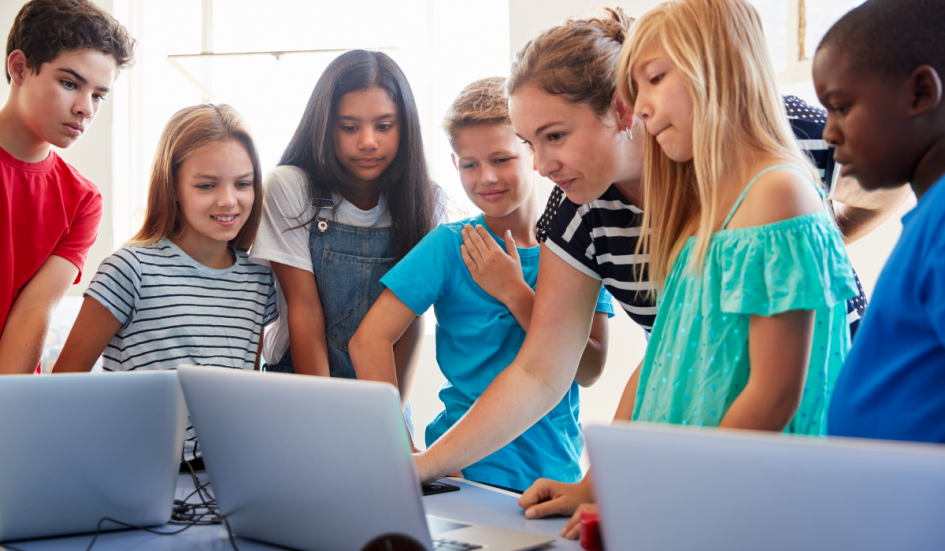Gamification is the process of applying game mechanics and design principles to non-game contexts. It has been shown to be an effective way to engage and motivate students, as well as improve learning retention. In this article, we will discuss eight ways to gamify learning for student learning retention.
Why Grabbing Students’ Attention is Becoming More and More Challenging?
The number of distractions that students face today has never been greater. Between social media, video games, and a barrage of other electronic devices, it can be difficult to get students’ attention in the classroom. This is especially true for older students who have grown up in a world saturated with technology. Here is how to gamify learning:
1. Use Rewards and Incentives
One way to gamify learning is to use rewards and incentives. This can include giving students points for completing tasks or projects or awarding them badges for reaching certain milestones. These rewards can help keep students engaged and motivated.
2. Gamify Learning by Setting Goals
Another way to gamify learning is to set goals for students. Give students a goal to achieve each day, week, or month, or setting a goal for them to reach by the end of the semester. These goals can help students stay on track and focused on their learning.
3. Create Competition
Creating competition can also be a great way to gamify learning by having students compete against each other, or against themselves. Competition can help students stay motivated and engaged in their learning.
4. Make It Fun
One of the most important aspects of gamifying learning is to make it fun. This can be done by incorporating games into the curriculum, or by making the material more engaging and interactive. If students are having fun while they are learning, they are more likely to retain the information.
5. Use Quests and Missions
Quests and missions can also be a great way to gamify learning, by giving students a series of tasks to complete or sending them on a quest to find certain objects or information. This can help keep students engaged and motivated.
6. Incorporate Leaderboards
Leaderboards can also be a great way to gamify learning. This can include ranking students based on their performance or having them compete against each other to see who can get the highest score. This can help motivate students to do their best and learn as much as possible.
7. Use Digital Badges
Digital badges can also be a great way to gamify learning. These can be awarded for completing tasks, reaching goals, or demonstrating mastery of a certain skill. This can help students feel proud of their accomplishments and motivated to keep learning.
8. Make It Social
Making learning social can also be a great way to gamify it. This can involve having students work together to connect them with other students who are learning the same thing. This can help students feel more connected to their learning.
6 Ways Gamification Helps Stimulate Brains Faster
Currently, in schools, it was found that when students were engaged in a gamified learning environment, they had improved motivation, attention, and recall. Here are six ways that gamification can help stimulate the brain faster:
1. Gamification can increase dopamine levels which are linked to pleasure and happiness.
2. Gamification can help release endorphins which act as painkillers and also produce a sense of euphoria.
3. Gamification can help improve focus and attention.
4. Gamification can help improve cognitive function and memory.
5. Gamification can help reduce stress and anxiety levels.
6. Gamification can help promote social interaction and communication skills.
These are just a few of the ways that gamification can help stimulate brains faster. By using these strategies, educators can help students learn and retain information more effectively.
Challenges That Need to be Addressed to Effectively Gamify Learning
While gamification can be an effective tool for learning, there are some challenges to gamified learning. These include:
1. Games must be educational and not just fun distractions.
2. Ensuring that students do not become so obsessed with the games that they lose focus on their studies.
3. Making sure that the games do not create a sense of competition among students that leads to bullying or other negative behavior.
4. Ensuring that the games are accessible to all students, including those with special needs.
5. The games do not take away from important social interaction and face-to-face interaction.
6. Games need to be properly moderated so that students are not exposed to inappropriate content.
By addressing these challenges, educators can ensure that gamification is a safe and effective tool for learning.
Gamification has proven to be an effective tool for stimulating the brain and helping students learn and retain information more effectively. By incorporating games into the curriculum or by making the material more engaging and interactive, educators can help students learn and have fun at the same time.
SchoolCues is an all-in-one school management system for small schools with limited budgets and resources. Our solutions include admissions and enrollment, online payments, student information system, gradebook, communications, parent engagement, donations and fundraising, alumni management, and more. Schedule a demo with us today.
